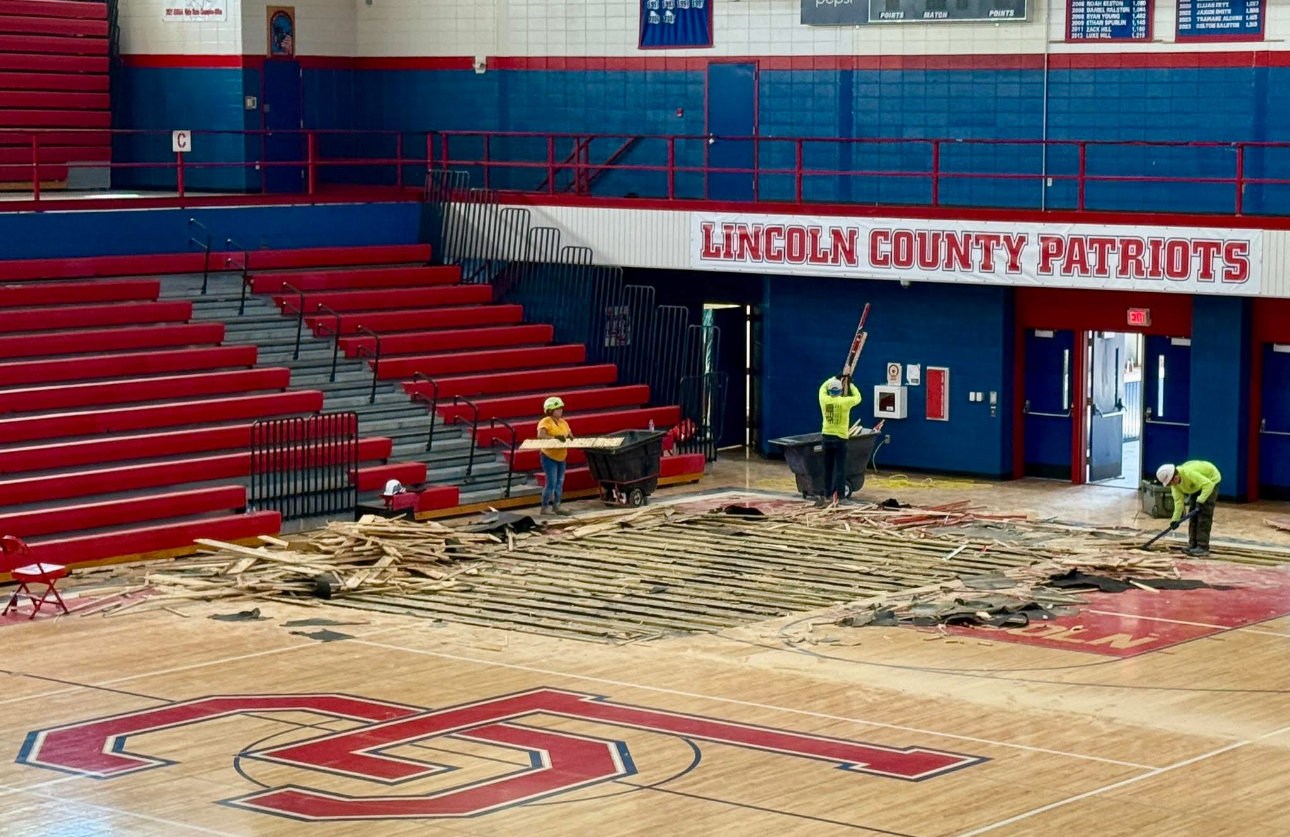FARM FACTS: Renovating hay and pasture fields
Published 9:00 am Thursday, December 29, 2016
By Will Stallard , U.K. Extension Agent for Agriculture
If you have a less-than-productive grass pasture or hayfield, following a few simple renovation techniques could increase the field’s productivity. Some things you can do include planting a legume such as red clover, controlling pests and adding lime and fertilizer. Be aware though, some techniques require you to start as early as the middle of February.
Adding legumes to pasture and hayfields has several benefits including higher yields, improved quality, nitrogen fixation and more summer growth.
Seeding legumes increases the total forage yield per acre. One study compared adding red clover to a fescue pasture with fertilizing the grass with nitrogen. Red clover growing with fescue produced higher yields than fescue fertilized with up to 180 pounds of nitrogen per acre.
Adding legumes also improves forage quality, compared to grass alone. This increases palatability, intake, digestibility and nutrient content, resulting in improved animal performance. Research studies have shown that legumes improve animal growth rates, reproductive efficiency and milk production.
Legumes also add, or “fix,” nitrogen in grass pastures and hayfields. Inoculating seed adds symbiotic bacteria that live in “knots” on plant roots and fix nitrogen the grasses and legumes need. Different legumes are able to fix varying amounts of nitrogen. Alfalfa usually fixes the most, about 200 pounds per acre, while annual lespedeza fixes less, about 75 pounds.
Legumes make more growth during the summer than cool-season grasses. Growing grasses and legumes together increases summer growth.
When renovating grass fields with legumes, have the soil tested and apply the recommended lime and fertilizer. Legumes need higher soil pH and fertility levels than grasses.
Do not add nitrogen because it stimulates grasses, increasing competition with legumes.
Reduce vegetative cover on the soil to make it easier for legume seed to make contact with the soil. The best way is to allow heavy grazing during early winter. You also can use herbicides to kill or suppress grass to help control competition. Be sure to follow the herbicide label directions for rates and grazing restrictions.
Select legumes based on the soil and your planned use of the forage. For hay, alfalfa or red clover usually is best. A red clover-ladino clover combination works well for both hay and grazing. Ladino clover, red clover and/or annual lespedeza are good choices for pastures.
Select certified seed varieties that perform well in your geographic area. Also, be sure to mix a high-quality inoculant with seed just before planting. Apply a sticking agent to be sure the inoculant sticks to the seed.
Be sure seed makes good contact with the soil. One of the best ways to do this is to use a no-till drill. Another method is to use a disk, field cultivator or field tiller. Tillage helps expose the soil so legumes have a better chance to germinate and grow. When planting clovers, loosen 40 to 60 percent of the sod. For alfalfa seeding, almost all sod should be loosened from the soil.
A simple, effective technique is to broadcast legume seed on the soil surface in late winter, generally Feb. 15 to March 15. Soil freezing and thawing covers the seed. This method doesn’t work well with alfalfa seed.
Controlling grass and weed competition is one of the most critical practices for successful renovation. Many attempts have failed because grass was allowed to grow and reduce the light, nutrients and water available to young legume plants. Keep grass short by grazing or mowing until legume plants are 3 to 4 inches tall. Stop grazing and mowing for several weeks so legumes will become well established. Afterwards, mow or graze the field on a schedule to keep legumes in good condition.
This year, weed control will be especially critical because while forages languished in the fall drought, many weeds species thrived. If you have questions on controlling specific weeds or additional questions on hay and pasture renovations, contact your Lincoln Co UK Cooperative Extension Service at (606) 365-2447.




